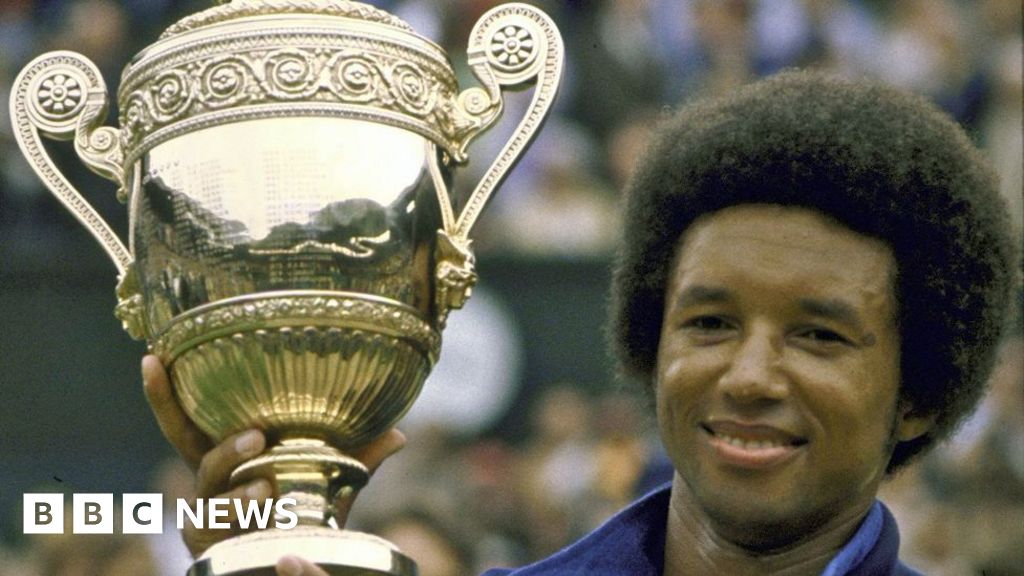Why your daily standup meetings are falling flat (and 3 ways to fix them)

The daily standup is perhaps the most recognizable ceremony observed by modern teams. Maybe that’s part of the problem. People know they’re supposed to be holding standups, but they don’t remember why.
When the reasons behind daily standups get lost, they become status updates. Instead of opportunities to keep everyone aligned behind the constant progress that should be happening, these daily meetings become platforms for people to justify their paychecks to their bosses.
It’s a daily version of government employees emailing the Department of Government Efficiency (DOGE) to advocate for their continued employment. Funnily enough, the people who do the least feel compelled to talk the most. The least productive people spend more time thinking about what they’ll say in front of their peers and boss than they do contributing to outcomes that matter.
Come to think of it, this has been the case every single time I’ve found myself in a standup that wasn’t quite working. There’s always been someone who talks and talks, but still leaves the rest of us wondering what they actually accomplished. The next thing you know, you have long meetings that don’t focus on real progress. It’s easier for the boss to micromanage everyone, and harder for individuals to spend time doing what they’re paid to do. If any or all of this sounds familiar, you have three ways out of the daily standup rut.
1. Mix It Up
People get the idea that daily standups have to be in the morning, but that’s not the case. You might be surprised by how much simply changing the time of your meeting can change the outcome. If your people start the workday fresh and fired up, let them put that energy into their work instead of making them wait around for a meeting to start.
Holding the standup around noon can help break the day into parts, which helps some teams. Other teams might benefit more from holding the standup at the end of the day, like having a recap and setting an intention for the next day. As an added benefit, it’s easier to remember what’s worth mentioning in the Monday standup when you don’t have to think back to what you did all day on Friday before the weekend.
If you’re unsure of when to schedule the standups, you can always ask the team about their preferences. Which parts of the day are they most prepared to do great work? Schedule the standup for some other time to protect those most productive hours.
2. Focus on Outcomes, Not Activities
Traditional daily standups revolve around three questions:
- What did you do yesterday?
- What are you doing today?
- What’s in your way?
If these questions aren’t being answered in your standups, it’s time to reinvigorate the habit. But there’s no need to get stuck on tradition or dogma, especially because it sometimes puts your focus on the wrong thing. You can probably think of questions that are more important and more relevant to your team. You should already have a tracker where all of your work is visible, whether on a traditional corkboard or in Jira or Airtable. Instead of going person by person, try gathering around the tracker and going item by item.
Now you’re focused on advancing the work instead of assessing individual performance. It’s not about who got the most done between Mary versus Taylor versus Steve anymore. It’s about tracking the progress Mary, Taylor, and Steve are making against shared problems and goals.
3. Stop Going
The very best way to stop your standups from being upward status reports is to remove power differentials from the room. It’s impossible to show off for the boss when the boss isn’t there.
The least satisfactory standups I’ve seen as a leader have been when I’m in there with my management team trying to run the show and keep things on track. The times when I’m most satisfied are the times when I’m just peeking in to see what’s going on. But the best standups I ever joined as a manager were the ones where I kept my mouth shut. And the standups I didn’t join were probably even better. Even if you’re sitting in the back and being quiet, people know you’re there, and the observer effect comes into play. Productive teams deserve, and even need, autonomy.
Saving the standup
If you think about why you’re having standups, the ways to make them better might become obvious. This isn’t about reporting progress upward—save that for the demo at the end of the sprint. It’s about making sure everyone is aligned on what’s changing and what needs to happen next.
Mix up the time. Then change the format to return the focus to the items you’re working on and the outcomes you’re after. Make sure there’s no audience for performative displays. Everything else will fall into place.
What's Your Reaction?
 Like
0
Like
0
 Dislike
0
Dislike
0
 Love
0
Love
0
 Funny
0
Funny
0
 Angry
0
Angry
0
 Sad
0
Sad
0
 Wow
0
Wow
0
































































































